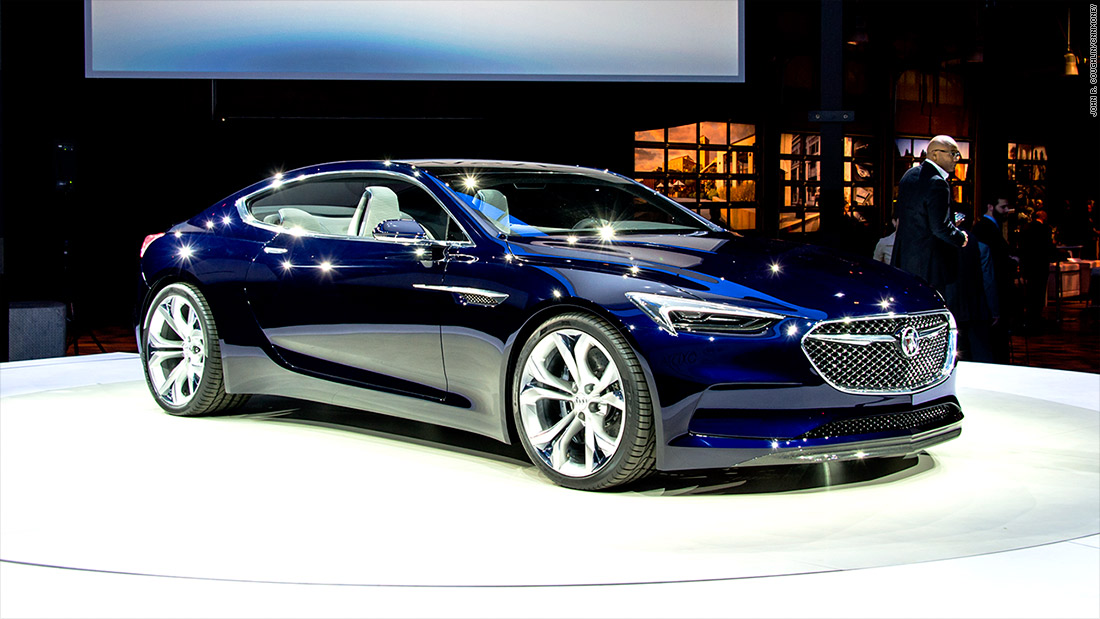One thing I've learned after many years of driving EVs is to think of the EPA test as range reasoned by analogy. Real world range is range reasoned by first principals.
Of those first principals, aerodynamics is super important, even if it isn't quite reflected in the EPA test. Up to 45 or 50 mph or so the Leaf is more efficient, but after that the gap disappears and the Model S becomes more efficient. So why does the Leaf get a 101 highway MPGe and the Model S 97MPGe? At 60mph steady state driving, the Model S is more efficient, at 70mph the Model S is more efficient by a larger margin, at 75 the margin is even larger in favor of the Model S.
I expect the Bolt will be an exceptional day to day car and meet the needs of most people. They will probably sell as many as they make, as a large battery EV is inherently pretty great, and it looks like they did a good job with the packaging/interior room, and making exceptionally efficient drivetrain. There is a lot to like about the Bolt.
But I feel it is a lost opportunity by GM to not focus a bit more on aero. A large battery really shines when paired with an aerodynamic vehicle, and makes the vehicle more versatile (and reduces the shock of seeing your range drop at normal (65+mph) freeway speeds). Put a similar battery/drivetrain in an aerodynamic vehicle like the Prius, and you'd have an excellent vehicle. hint hint Toyota. GM's design choice was a roomy functional interior vs aero. This is a fine design choice, but makes the use case of the vehicle slightly different. Tesla made a similar choice with the Model X, but they chose an aerodynamic form vs the traditional boxy back end that maximizes interior room in SUV/CUV. Whether those design choices work for you depends on what you want out of your vehicle.
(When I do my calculations of highway range for the Bolt, I assume a .30 Cd, just to be conservative, and it still comes out with a drag area greater than 7sqft. Model S and Prius for example are 6.2 sq ft. This accounts for the relative ease at which the Prius and Model S can get close to their EPA highway range at real world highway speeds. When I calculate the drag area for Model 3, I assume .23 Cd (again to be conservative), and all my numbers come out <6sq ft. It will be exceptionally efficient at highway speed)




